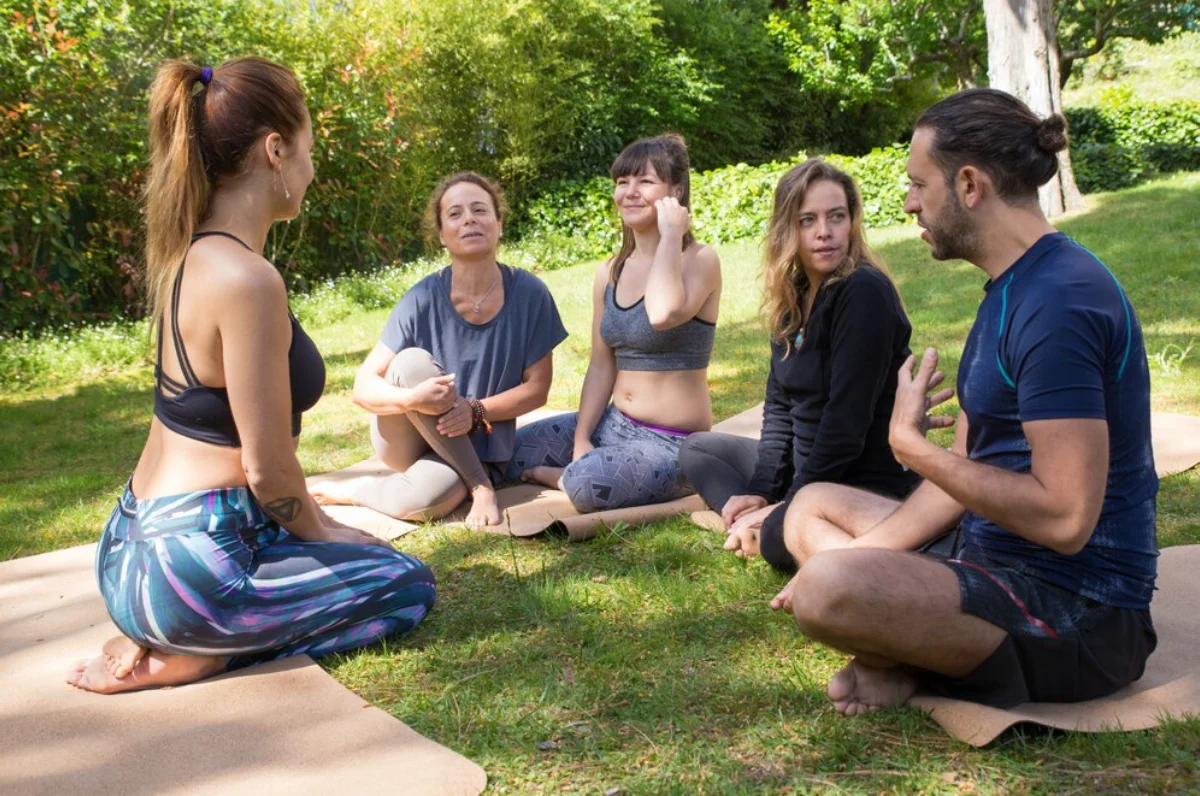
The Best Wellness Retreats to Recharge Your Mind & Body
Burnout and stress are prevalent in today’s fast-paced world. So it is important to find methods to reenergise both your body and mind. Wellness retreats serve as a perfect remedy. They have an altar space where holistic travel also comes hand in hand with personal growth. These retreats are more than a respite; they’re an all-in approach to wellness. They integrate physical, mental, and spiritual healing. Wellness retreats offer a chance for renewal and self-discovery, whether you seek peace at a sullen meditation resort or a guttural, gut-tapping holistic experience.
But what exactly makes a wellness retreat the perfect escape? And how can you choose the best one to suit your needs? In this blog, we will explore some of the finest wellness retreats available, delve into their unique offerings, and guide you on selecting the ideal retreat to recharge your mind and body.

Key Benefits / Why It Matters
The Importance of Wellness Retreats
Wellness retreats are popular now. They help people escape the pressures of modern life by focusing on their health and well-being. Participants find a break from everyday distractions and demands.
These retreats nurture both body and mind. They offer activities like yoga, meditation, spa treatments, and healthy eating. But why are they so important?
- Stress Reduction: The primary benefit of attending a wellness retreat is stress reduction. The serene environments and activities like yoga and meditation help calm the mind and significantly reduce stress levels.
- Mental Clarity: Disconnecting from technology and the hustle and bustle of daily life can help individuals gain mental health, clarity and focus. This clarity often leads to better decision-making and problem-solving skills.
- Physical Health: Wellness retreats often include fitness programmes and nutritious meals that promote physical health. Participants can expect to leave feeling fitter, stronger, and more energised.
- Spiritual Growth: Many retreats incorporate spiritual practices, allowing participants to explore their spirituality and connect with their inner selves.
- Community and Connection: Retreats allow one to meet like-minded individuals and build a supportive community. The connections made at these retreats can lead to lasting friendships and support networks.

Step-by-Step Guide to Choosing the Right Wellness Retreat
Step 1: Identify Your Goals
Before selecting a retreat, it’s essential to identify what you hope to achieve. Are you looking to de-stress, improve your fitness, or deepen your meditation practice? Understanding your goals will help you choose a retreat that aligns with your needs.
Step 2: Research Retreats
After identifying your goals, research different retreats. Look for one that offers the programs and activities you want. Consider the location, duration, and cost. Also, read reviews from past participants to understand their experiences.
Step 3: Consider the Location
The location of a retreat can significantly impact your experience. Some people prefer the tranquillity of a countryside retreat, while others might be drawn to the vibrancy of a coastal resort. Consider what environment will best support your relaxation and rejuvenation.
Step 4: Evaluate the Programme
Examine the retreat’s schedule and activities. Does it offer a variety of classes and workshops? Are there opportunities for personal reflection and downtime? Ensure the programme aligns with your interests and goals.
Step 5: Check the Credentials
Verify the credentials of the retreat leaders and instructors. Are they experienced and qualified in their respective fields? A retreat led by knowledgeable professionals will enhance your overall experience and ensure you gain the most from your time there.
Step 6: Prepare for the Experience
Once you’ve chosen a retreat, prepare for the experience by setting intentions and packing appropriately. Bring comfortable clothing, a journal for reflection, and any personal items that will enhance your stay.

Additional Expert Tips & Common Mistakes to Avoid
Best Practices for a Successful Retreat Experience
- Stay Open-Minded: Keep an open mind at the retreat. Be ready to try new activities. This will help you enjoy the experience and gain the most benefits.
- Engage with the Community: Connect with other participants. Sharing your experiences can enrich and support the retreat.
- Practice Mindfulness: Use mindfulness techniques to stay present. This will help you absorb the teachings and insights offered.
Common Mistakes and How to Avoid Them
- Overpacking: Many participants make the mistake of overpacking, which can lead to unnecessary stress. Pack light and focus on bringing essentials that will enhance your experience.
- Unrealistic Expectations: While retreats can be transformative, managing expectations is essential. Avoid expecting instant changes and instead focus on gradual improvements and insights.
- Ignoring Self-Care: Some participants neglect self-care during retreats, focusing solely on scheduled activities. Remember to listen to your body and take breaks when needed.
Advanced Insights / Expert Recommendations
Integrating Retreat Lessons into Daily Life
Returning from a wellness retreat can be a pivotal moment in one’s personal journey. However, the real challenge lies in integrating the lessons learned into daily life. Here are some expert recommendations:
- Create a Routine: Build a daily routine that includes practices from the retreat. Try meditation, yoga, or journaling. Consistency is crucial for keeping the benefits.
- Set Realistic Goals: Based on your retreat experience, make achievable goals. For example, practice mindfulness for 10 minutes daily or join a weekly yoga class. Small steps can lead to big changes.
- Stay Connected: Reach out to fellow retreat participants and instructors. A supportive community offers encouragement and accountability for your wellness journey.
- Reflect and Adjust: Regularly think about your progress and adjust your routine as needed. Stay flexible and open to change as you grow.
Embracing the Wellness Journey
Wellness retreats and spiritual practices allow you to break free from the chaos of your life and dedicate time toward your self-care and personal growth. Adjustment, along with the right retreat choice and an open mind, leads to a positive recharge of mind and body. You will learn tips and practical methods to improve your general well-being.
The retreat is just the beginning; the benefits carry beyond this experience. The lessons and connections you make could lead you to a lifestyle that’s healthier and more balanced. So, are you prepared to take your first step to recharge?


